Trinity Church is a historic parish in the Episcopal Diocese of New York, whose church is located at 89 Broadway opposite Wall Street, in the Financial District of Lower Manhattan in New York City. Known for its centuries of history, prominent location, distinguished architecture and bountiful endowment, Trinity's congregation is said to be "high church", its activities based on the traditions of the Episcopal Church and the worldwide Anglican Communion in missionary outreach, and fellowship. In addition to its main church, Trinity parish maintains two chapels: St. Paul's Chapel, and the Chapel of St. Cornelius the Centurion on Governors Island. The Church of the Intercession, the Trinity Chapel Complex and many other of Manhattan's Episcopal congregations were once part of Trinity parish. Columbia University was founded on the church's grounds as King's College in 1754.
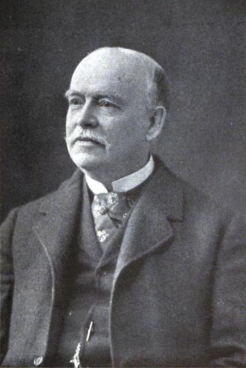
Josiah Cleaveland Cady was an American architect known for his Romanesque Revival designs. He was also a founder of the American Institute of Architects.
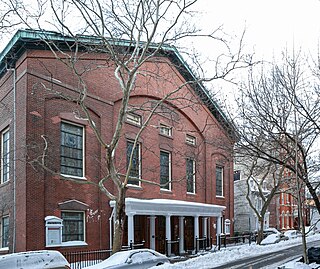
Plymouth Church is an historic church located at 57 Orange Street between Henry and Hicks Streets in the Brooklyn Heights neighborhood of Brooklyn, New York City; the Church House has the address 75 Hicks Street. The church was built in 1849–50 and was designed by Joseph C. Wells. Under the leadership of its first minister, Henry Ward Beecher, it became the foremost center of anti-slavery sentiment in the mid-19th century. It has been listed on the National Register of Historic Places since 1961, and has been a National Historic Landmark since 1966. It is part of the Brooklyn Heights Historic District, created by the New York City Landmarks Preservation Commission in 1965.
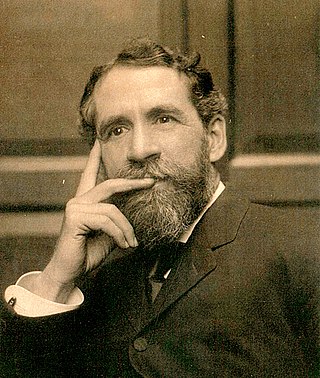
William Bunker Tubby was an American architect who was particularly notable for his work in New York City.

Grace Church is a historic parish church in Manhattan, New York City which is part of the Episcopal Diocese of New York. The church is located at 800–804 Broadway, at the corner of East 10th Street, where Broadway bends to the south-southeast, bringing it in alignment with the avenues in Manhattan's grid. Grace Church School and the church houses—which are now used by the school—are located to the east at 86–98 Fourth Avenue between East 10th and 12th Streets. In 2021, it reported 1,038 members, average attendance of 212, and $1,034,712 in plate and pledge income.

St. Mark's Church in-the-Bowery is a parish of the Episcopal Church located at 131 East 10th Street, at the intersection of Stuyvesant Street and Second Avenue in the East Village neighborhood of Manhattan in New York City. The property has been the site of continuous Christian worship since the mid-17th century, making it New York City's oldest site of continuous religious practice. The structure is the second-oldest church building in Manhattan.
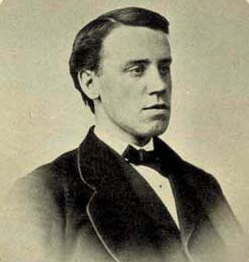
Joseph Lyman Silsbee was a significant American architect during the 19th and early 20th centuries. He was well known for his facility of drawing and gift for designing buildings in a variety of styles. His most prominent works ran through Syracuse, Buffalo and Chicago. He was influential as mentor to a generation of architects, most notably architects of the Prairie School including the famous architect Frank Lloyd Wright.
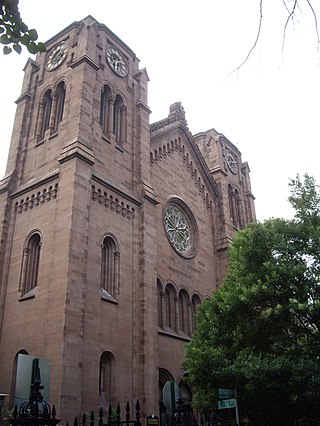
St. George's Episcopal Church is a historic church located at 209 East 16th Street at Rutherford Place, on Stuyvesant Square in Manhattan, New York City. Called "one of the first and most significant examples of Early Romanesque Revival church architecture in America", the church exterior was designed by Charles Otto Blesch and the interior by Leopold Eidlitz. It is one of the two sanctuaries of the Calvary-St. George's Parish.

St. Ann & the Holy Trinity Church is a historic Episcopal church at the northwest corner of Montague and Clinton Streets in the Brooklyn Heights neighborhood of Brooklyn in New York City. It is the co-cathedral of the Episcopal Diocese of Long Island.
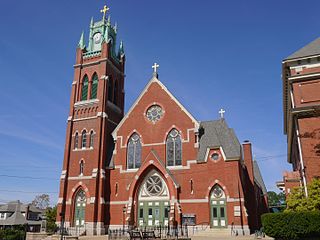
L'Église du Précieux Sang (also known as The Church of the Precious Blood is a historic Roman Catholic church complex at 94 Carrington Avenue and 61 Park Avenue in Woonsocket, Rhode Island, within the Diocese of Providence.
South Congregational Church may refer to:

Emmanuel Baptist Church is a Baptist megachurch in the Clinton Hill neighborhood of Brooklyn, New York, on the northwest corner of Lafayette Avenue and St. James Place, affiliated with the American Baptist Churches USA. The attendance is 2,200 people. The senior pastor is Anthony L. Trufant.

St. John's Protestant Episcopal Church is a historic Episcopal church at One Hudson Street in the Getty Square neighborhood of Yonkers, Westchester County, New York. The complex includes the church, chapel, rectory, parish house, and school. The church was originally constructed in 1752, with an addition in 1849, and modifications to the front facade in 1874 by architect Edward Tuckerman Potter (1831–1904). It is constructed of rough gray fieldstone with red brick on the corners. It is cruciform in plan, three bays wide, with a slate-covered gable roof. The front facade features a rose window and four battered buttresses. The parish house and chapel were constructed in 1890–1891 and are connected to the church. The 2+1⁄2-story, five-bay-wide rectory was also constructed in 1890–1891 and is connected to the chapel. The additions made during 1890–1891 were by architect Robert Henderson Robertson (1849–1919). A group of women from the church founded St. John's Riverside Hospital in 1869 to care for the poor of the parish.
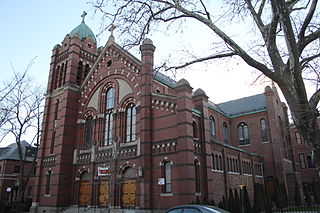
Saint Benedict Joseph Labre Parish is a historic Roman Catholic parish church complex in the Diocese of Brooklyn, located at 94-40 118th Street in Richmond Hill, Queens, New York City.

La Iglesia Pentecostal La Luz del Mundo / Light of the World Church Pentecostal Church is an Assemblies of God Pentecostal church in Williamsburg, Brooklyn, New York City, located at 179 South 9th Street, occupying the historic 19th-century former New England Congregational Church since 1955.

Frederick Carles Merry, AIA, was an American architect active in late-nineteenth-century New York City.
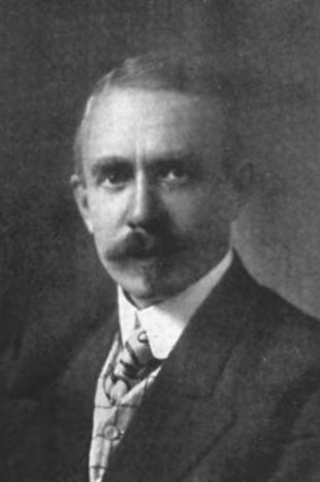
Woodruff Leeming, AIA, was an American architect who practiced in the New York area.

The First Congregational Church of Litchfield is a congregation of the United Church of Christ in Litchfield, Connecticut, USA, occupying a historic building on the Litchfield green.
This is a timeline and chronology of the history of Brooklyn, New York. Brooklyn is the most populous of New York City's boroughs, and was settled in 1646.

H. Edwards Ficken (1852-1929) was an English American architect in practice in New York City.






















